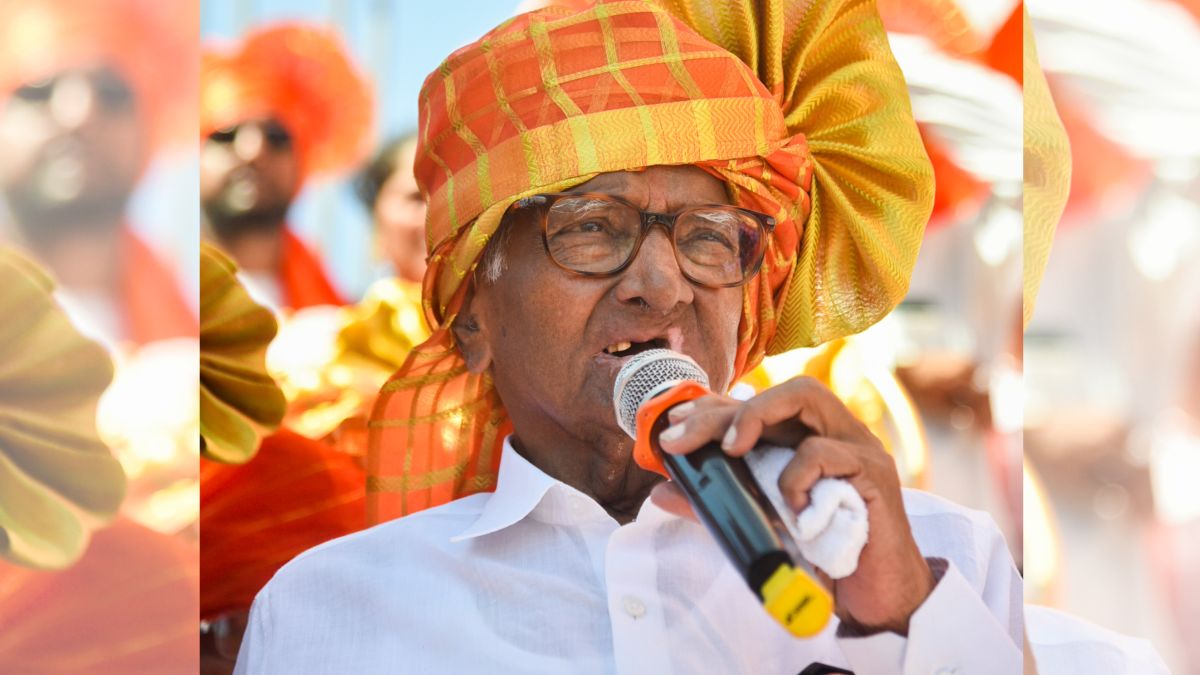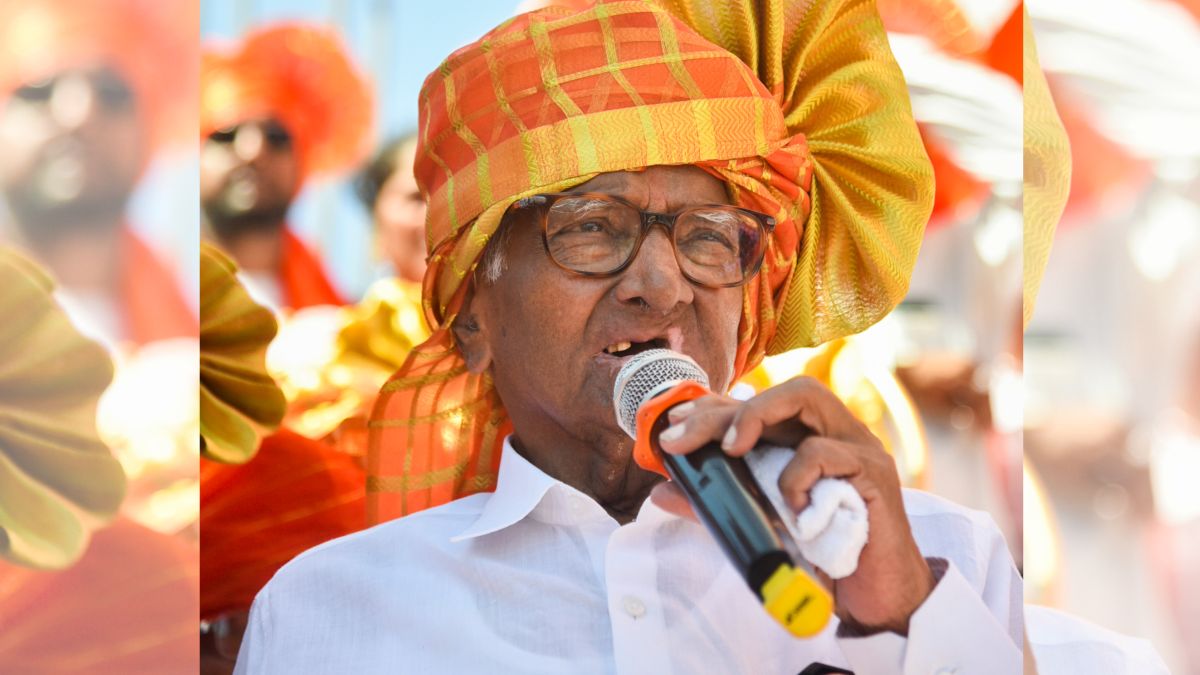In Sanjay Leela Bhansali’s blockbuster film Bajirao Mastani (2015), ‘Pinga’ depicts and re-imagines the meeting of Peshwa Bajirao’s wives, Kashibai and Mastani. A jugalbandi between two lead actresses Priyanka Chopra and Deepika Padukone, both vying to be Bajirao’s one true love is one of the most dramatic moments in the movie. However, on closer analysis of this song, any avid Marathi cinema fan could argue that the tune and lyrics of ‘Pinga’ shares a very close resemblance to ‘Latpat, latpat tuza chalana’, from the film Amar Bhoopali (1951) and the folk song ‘Nach ga ghuma’ from Chandanachi Choli Ang Ang Jali (1975).
Veteran intellectuals and scholars have critiqued ‘Pinga’ for its inappropriate choreography that borrows heavily from Lavani. The performers also spoke out against the choreography saying it was poorly informed and unrelated to Maharashtra’s tradition of Lavani. Others expressed that the song was not sensitive towards the history of its performance.
‘Pinga’ is not the first time Lavani has been problematically represented. Songs like ‘Chikni Chameli’ from Agneepath and ‘Malaa Jau De’ from Ferrari ke Sawaari are as guilty too. If you go further back in history, Lavani has been represented problematically in most existing literature. To understand why, it might help to understand the politics that the dance associates itself with.
No exact date can be traced as the point of origin when Lavani was constructed as a form of dance. While several scholars argue that its origin can be traced back into the 13th century, it was during the 19th century Peshwa regime that Lavani blossomed into its myriad forms due to the patronage it received from the upper caste Brahmin Peshwas, and the Maratha leaders and rulers of western Maharashtra.
Lavani has a troubled connection with caste, gender, sexuality and the politics of it. Historically, Lavani performers belonged majorly to the Bhatu, Kalwat, Kolhati, Mahar, Matangi and Dombari castes, recognied as Dalits in Maharashtra. However, the composers of Lavanis were male lok shahirs who predominantly belonged to the upper caste, upper class sections of Maharashtra. When these Lavanis are performed by female dancers, it gives rise to several debates around the issues of caste, class and region based construction of masculinities and femininities through a deeply problematised male gaze. Ambedkar was of the opinion and belief that Lavani is an exploitative and corrupt medium of performance through which women belonging to the Dalit castes were sexually exploited, objectified and later on prostituted by upper caste men to whom these Lavani performers served as a major source of entertainment in the 19th century.
Interestingly, Lavanis were and are majorly written and composed by male lok shahirs on themes revolving around women. Most of them are based on the theme of heterosexual erotica, which are found describing women’s sexual needs and desires, their bodily aesthetics and the unattainable beauty of the Lavani performers. There are Lavanis describing varied sexual positions, women and their longing for love and sexual unions with their distant partners. Lavanis have also been composed around the subjects of adultery, women disappointed by their partner’s sexual impotency, and women making excuses to refuse sex during their menstrual cycles.
Due to its bold commentaries on the themes of gender, sexuality and sex, Lavani has often been caught in a sand storm of debates about its practices and ways of performance. One such instance of it would be the year of 1948 when the former Chief Minister of Maharashtra Balashaeb Kher had imposed a ban on Tamasha performances in the city of Bombay, since both Tamasha and Lavani were considered to be obscene and inappropriate for public entertainment. The ban on Lavani was lifted on conditions that obscene lyrics and dance movements needed to be cleaned up before they could be possibly performed in public and for this purpose, legal and quasi-legal bodies were formed in Maharashtra who would regulate these performances for their obscenity. This period shows a remarkable shift in the idea of what was thought and constructed as art along with what was in the process of being constructed as obscene or lascivious for public entertainment. Through such regulatory measures and strict censorship multiple genres of Lavani were sanitised, the consequences of which had to be borne by it’s doubly marginalised performers.
The modern form of Lavani that you see on TV stems from this sanitised version of the dance. Lavani might have gained tremendous visibility through reality dance shows on Marathi and Hindi channels, however the forms of Lavani performed on these channels usually consists of the popular tunes composed for Marathi and Hindi films. These are preferred over the archaic compositions of Lavani thereby creating new aesthetics of the art form.
In the contemporary times Lavani has been interestingly experimented with across the varied genres of theatre, popular culture and digitised mediums of expression. Agents of Ishq’s The Amorous Adventures of Shakku and Megha in the Valley of Consent is one such instance. For my curation of Lavani LIVE! I have tried to explore the divergent stories, styles and discourses around Lavani. These conversations are my hope of exploring this agile dance form in transition.
Lavani LIVE! will be held at Godrej India Culture Lab, Vikhroli, on 3 December from 11 am to 7 pm. RSVP for the festival here .
The writer is a danseuse and a PhD Candidate in the Centre for Political Studies department at Jawaharlal Nehru University. She is curating the Lavani Live! Festival for Godrej India Culture Lab, an extension of her MPhil dissertation, ‘The politics of performance: A case study of changing forms of Lavani in contemporary Maharashtra’
Watch a promo for a documentary titled Behind The Adorned Veil, on Lavani, here:


)




)
)
)
)
)
)
)
)